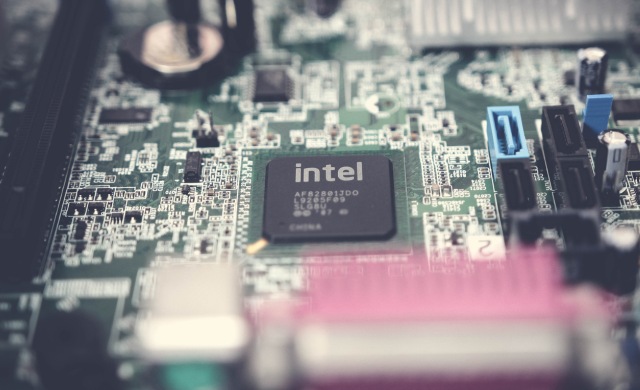The Biden administration has unveiled a monumental plan to inject nearly $20 billion in grants and loans into Intel (NASDAQ:INTC), aiming to significantly enhance the United States’ semiconductor chip production capabilities. This ambitious initiative marks the government’s most substantial commitment yet to fostering advanced chip manufacturing on American soil.
President Biden is set to announce an initial agreement that allocates $8.5 billion in grants and provides for up to $11 billion in loans to support Intel’s operations in Arizona. The funding is earmarked for the construction of two new factories and the modernization of an existing facility, underscoring the administration’s resolve to bolster domestic semiconductor manufacturing.
Commerce Department Secretary Gina Raimondo heralded the move as a “huge deal,” emphasizing its potential to dramatically increase the U.S.’s stake in leading-edge semiconductor production from virtually zero to an estimated 20% by 2030. This surge is largely attributed to the government’s subsidy program, designed to mitigate the country’s dependency on semiconductor imports from China and Taiwan.
The investment is a cornerstone of the 2022 CHIPS and Science Act, which aims to rejuvenate the U.S. semiconductor industry with $52.7 billion in funding. This includes $39 billion in production subsidies and $11 billion dedicated to research and development efforts.
With global semiconductor manufacturing capacity in the U.S. having dwindled from 37% in 1990 to just 12% in 2020, this initiative represents a critical step towards reclaiming a leadership position in the high-tech sector. It also serves as a strategic move to secure the nation’s supply chains and enhance its technological sovereignty.
The announcement holds significant political implications as well, particularly in the pivotal swing state of Arizona, where Biden seeks to consolidate support ahead of the upcoming electoral showdown against former President Donald Trump. Moreover, the investment is poised to bolster Democratic efforts to retain a crucial Senate seat and make gains in competitive House races within the state.
For Intel, this financial boost comes at a crucial time, offering a lifeline amidst recent forecasts of potential revenue shortfalls due to uncertain demand in its core markets. It also follows a series of government investments in other key players within the semiconductor industry, including a $1.5 billion award to GlobalFoundries and $162 million in grants to Microchip Technology.
This historic outlay for Intel is not just an investment in a single company but a strategic bet on the future of American innovation, national security, and economic competitiveness in the increasingly critical field of semiconductor technology.
